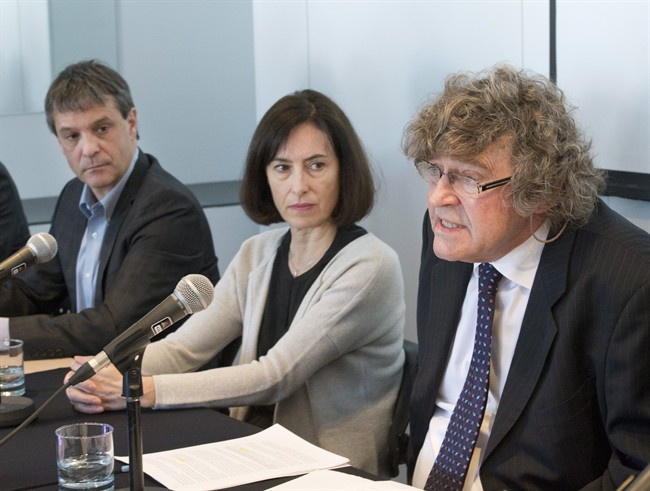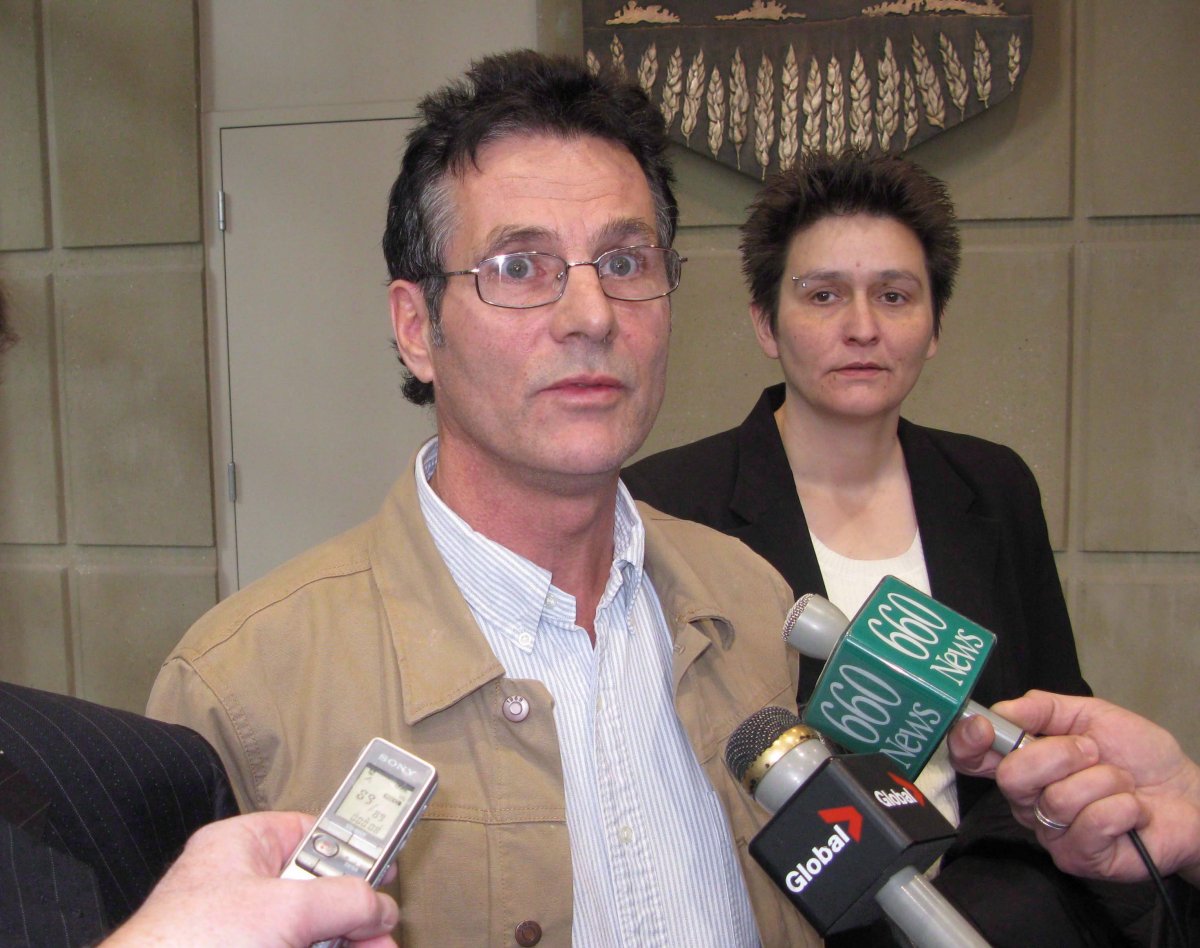This is part four of a five-part series from the Jon McComb Show on 980 CKNW, examining wrongful convictions and why they happen.

It was early in 1969.
David Milgaard was a teenager when he and his two friends set out on a road trip from Regina to Vancouver, but they’d only make it to Saskatoon.
That’s where Milgaard’s more than two-decade long nightmare began, accused of a murder he didn’t commit.
But how, after almost a quarter-century behind bars, did Milgaard’s quest for justice begin? And how did he finally clear his name?
Milgaard was 16 when police found Gail Miller’s body partly covered in snow in a Saskatoon laneway on January 31, 1969.
An inquiry conducted by the Saskatchewan government into Milgaard’s wrongful conviction found he suffered a miscarriage of justice with investigators being affected by ‘tunnel vision’ — a phenomenon where police zero in on a suspect to the exclusion of all others.
WATCH: Exploring Canada’s biggest cases of wrongful convictions

Exactly a year to the day after Miller’s body was found, Milgaard was convicted of her murder and sentenced to life behind bars, while her real killer — a man named Larry Fisher, who was not yet known to police — continued to walk free.

Less than a year after he was put behind bars, Milgaard launched an appeal with the Saskatchewan Court of Appeal, which, on Jan. 5, 1971, was dismissed.
Eleven months later, he sought an application for leave to appeal that decision with the Supreme Court of Canada, but the motion was struck down.
In 1980, things were bleak. He escaped from the multi-security Stony Mountain Institution in Winnipeg for 77 days, before being shot and recaptured by the RCMP.
It wasn’t until 1991 that the Crown’s case against Milgaard started to unravel. The federal minister for justice at the time, Kim Campbell, referred his case to the Supreme Court of Canada for review, in light of fresh evidence that was brought forward.

It emerged that DNA discovered on Gail Miller’s body belonged to Larry Fisher, who had been in and out of prison for similar crimes against women since 1969.
The public pressure started to build, and in 1992, the Court of Appeal found Milgaard’s conviction should be thrown out on the basis of that new DNA evidence.
A new trial was ordered, and in April 1992, Milgaard was released from prison, but it would be another five years before he could truly clear his name.
Defence lawyer James Lockyer says an appeal can be achieved on the basis of three merits: that the verdict was unreasonable, there was an error of law, or there was a miscarriage of justice.
WATCH: New development in Ivan Henry wrongful conviction lawsuit (2015)
Lockyer, who took part in the exoneration of a number of Canadians, including Milgaard and Robert Baltovich, points out that proving any one of those arguments is difficult.
The first hurdle, he says, is convincing an appeals court to review a decision by a trial court.
“It’s a very difficult, time consuming and expensive process that very rarely meets with success,” Lockyer said.
The Court of Appeal, he says, has the power to make two decisions: to dismiss the appeal, or allow an appeal and quash the conviction.
Wally Oppal has sat on both the B.C Supreme Court and the B.C Court of Appeal. He says it’s not an easy task to get an appeal court to reverse the finding of a lower court and enter an acquittal.
It’s more common, he says, for an appeal court to send the case back to a trial court for retrial.

In 1997, Milgaard was officially exonerated after the Department of Justice ruled the results of the DNA testing conducted by a lab in the UK, showed semen found on Gail Miller could not have originated from Milgaard, and that it matched Larry Fisher.
Those DNA results then prompted the Saskatchewan minister of justice to declare a ‘wrong of the most serious kind’ was done to Milgaard.
He received an apology, and in 1999 was awarded $10 million by the Government of Saskatchewan in a compensation settlement.
Kathryn Campbell is an associate professor at the University of Ottawa — and the director of the Innocence Ottawa project.
She says if all appeals in a case are exhausted, it can then be examined by a review board, but new evidence must be presented.
“If you’re sitting in a jail cell, how are you even going to get all of that new information? It’s difficult to get a case referred to a minister, and if you’re sitting in a jail cell, it’s hard to get access to a computer.”
Innocence Canada, a Canadian non-profit dedicated to identifying and preventing cases of wrongful conviction, says miscarriages of justice often leave wounds no one can heal.
Can the system be modified to prevent cases of wrongful conviction?
In Part Five of ‘Canada’s Wrongfully Convicted,’ a special series from the Jon McComb show on 980 CKNW, find out whether changes to our justice system are necessary to prevent instances of wrongful convictions.








Comments